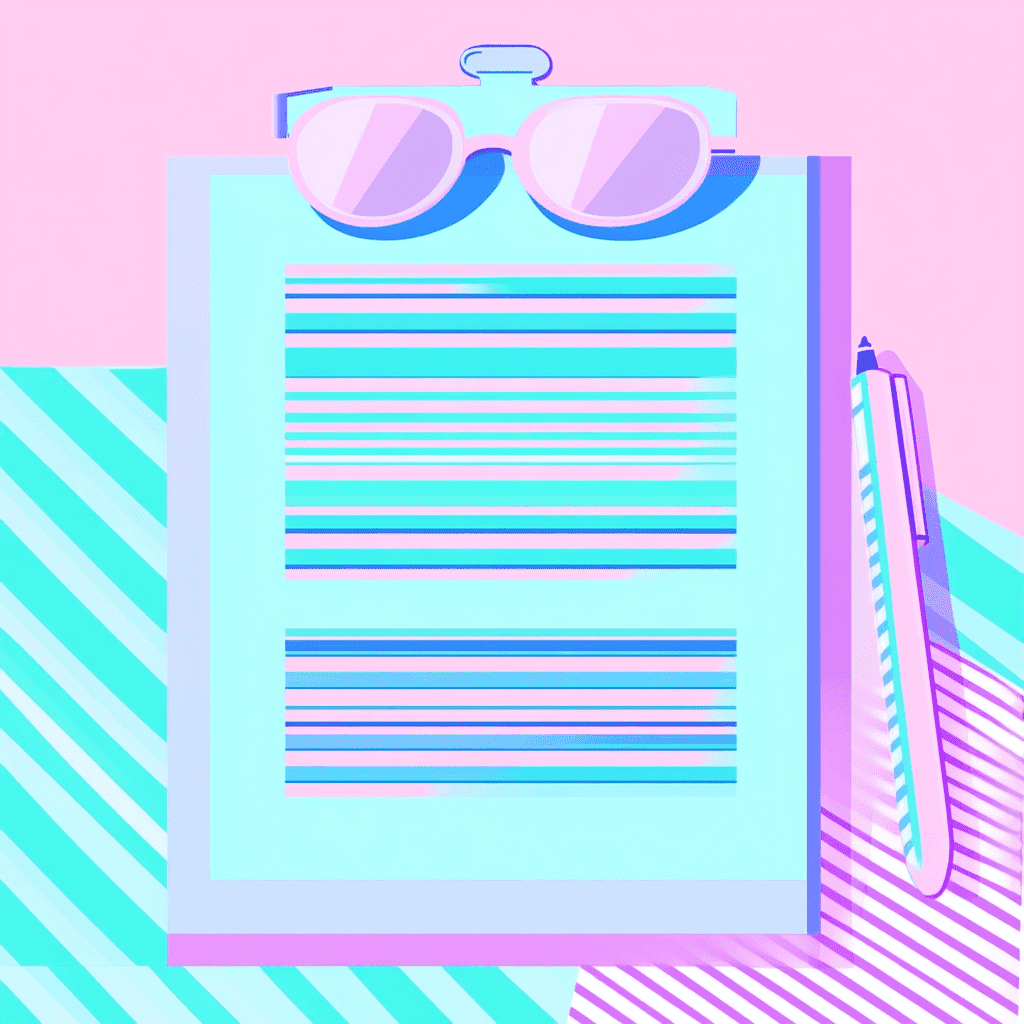Loading...
© 2025 SAT Sphere. All rights reserved.
© 2025 SAT Sphere. All rights reserved.
SAT/sphere ブログ
The Ultimate SAT Night-Before Checklist: Don’t Miss a Single Step
Prepare methodically for SAT test day with a detailed checklist covering everything from materials to mindset. This guide helps students minimize anxiety and optimize their final preparations for a confident test experience.
2025年5月24日

2025年5月24日
続きを読む